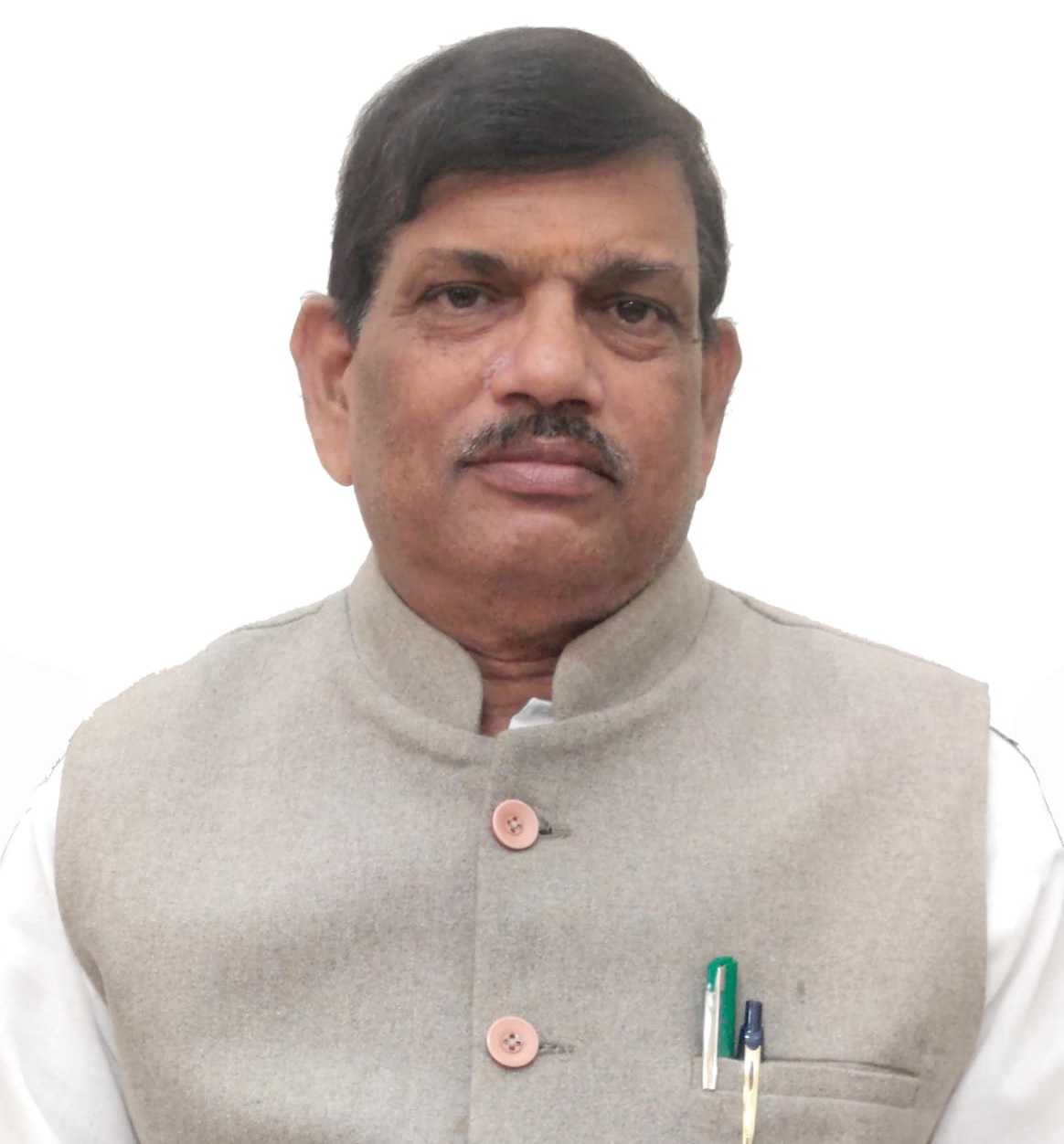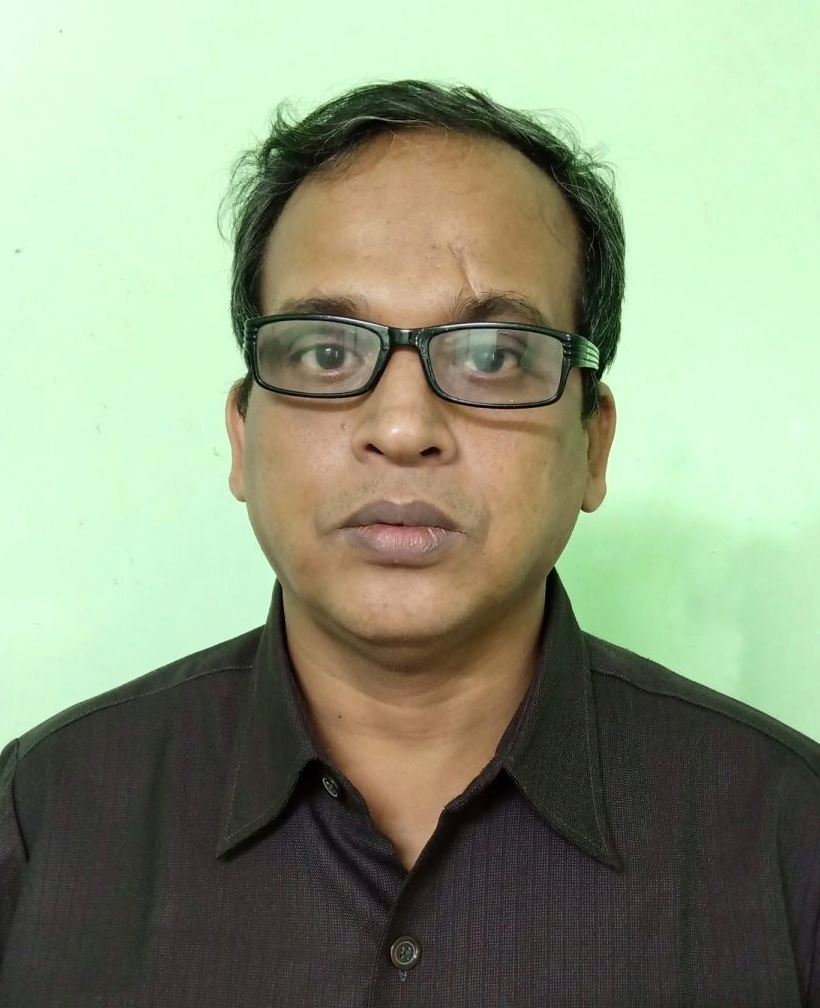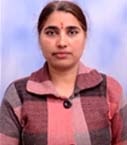Ayurveda and New Education Policy Present and Future Prospects

DOI:
https://doi.org/10.54060/ijahr.2024.23Keywords:
NEP, Education, Ayurveda, IndiaAbstract
Education in India remained a very much concerned and organized subject since the Vedic period and was continued under the observance and teachings of "Gurus" mostly in temples, gurukuls (schools), ashramas, pathshala, or Matthias. In such a system of education in gurukuls, etc., the main focus was on the holistic development of the people under the Guru (teach-er) along with professional, vocational, and spiritual education. This type of education used the person to make useful for the society and the ultimate aim always remained as Moksha (salvation). There was no system of formal degrees or certifi-cates at that time and a student trained by a perfect guru was acceptable to society and administration as well. For higher studies, students used to study in viharas or universities such as Nalanda and Takshashila. The current government intro-duced the National Education Policy 2020 under the Ministry of Human Resource Development. This strategy aims to mod-ernize the 34-year-old education system and school policies that are already in place. Instead of focusing on getting high marks, this approach takes into account the actual conditions in the nation and places an emphasis on personality develop-ment, creativity, and innovation. The first education policy of the twenty-first century, NEP 2020, replaces the thir-ty-four-year-old National Policy on Education (NPE), 1986. This policy, which is founded on the fundamental pillars of access, equity, quality, affordability, and accountability, aims to transform India into a thriving knowledge society and global knowledge superpower by making both school and college education more holistic, flexible, multidisciplinary, suited to 21st century needs, and focused on bringing out the unique capabilities of each student. It also aligns with the Sustainable De-velopment Goals of the 2030 Agenda.
Downloads
References
University Grants Commission. Annual Report 2010-2020, New Delhi; 2020. Available from: https://www.ugc.ac.in/page/annual report.aspx/. [Last assessed on 2022 Jun 25].
Playfoot J, Hall R. Effective Education for Employment: A global perspective. Edexcel; April 2009. Available from: http://adapt.it/adapt-indice-a-z/wp-content/uploads/2014/09/edexcel_effective_education_for_employment_2009.pdf/. [Last accessed on 2022 Jun 25].
Available from: http://naac.gov./. [Last accessed on 2022 Jun 28].
Varghese MA. Dynamics of quantity vs. Quality in higher education. Univ News Wkly J High Educ 2021; 59:9-15.
University Grants Commission. Report of the Task Force on Code of Professional Ethics for University & College Teachers. New Delhi; 1989. Available from: https://www.ugc.ac.in/oldpdf/pub/report/5.pdf/. [Last accessed on 2022 Jun 28].
FITM Policy, Forum on Indian Traditional Medicine. Heal by India, healing in India: Ayurveda and Yoga as Soft Power Tools. Research and Information System for Developing Countries No. 8, June 2022. Available from: https://file:///C:/Users/admin/Downloads/FITM Policy Brief_8.pdf/. [Last accessed on 2022 Jun 28].
Balagurusamy E. National Education Policy 2020 in a Nutshell. EBG Foundation; 2020. Available from: https://ruralindiaonline.org/en/library/resource/national education-policy 2020/?gclid=CjwKCAjww8mWBhABEiwAl6 2RWEp4B6BzP1Unsl J0Md9hr9zMSznvtLg6otWa×5Zlkn8BxlupUnSdBoC6W4QA vD_BwE/. [Last accessed on 2022 Jun 30].
Patwardhan K, Gehlot S, Singh G, Rathore HCS. The Ayurveda education in India: How well are the graduates exposed to basic clinical skills? Evid Based Complement Alternat Med [Internet]. 2011; 2011:1–6. Available from: http://dx.doi.org/10.1093/ecam/nep113
Patwardhan B. Bridging Ayurveda with evidence-based scientific approaches in medicine. EPMA J [Internet]. 2014;5(1). Available from: http://dx.doi.org/10.1186/1878-5085-5-19
Patwardhan K. Medical education in India: Time to encourage crosstalk between different streams. J Ayurveda Integr Med [Internet]. 2013;4(1):52. Available from: http://dx.doi.org/10.4103/0975-9476.109556
Neogi SB, Negandhi PH, Ganguli A, Chopra S, Sandhu N, Gupta RK, et al. Consumption of indigenous medicines by pregnant women in North India for selecting sex of the foetus: what can it lead to? BMC Pregnancy Childbirth [Internet]. 2015;15(1). Available from: http://dx.doi.org/10.1186/s12884-015-0647-4
Patwardhan B. Traditions, rituals and science of Ayurveda. J Ayurveda Integr Med [Internet]. 2014;5(3):131. Available from: http://dx.doi.org/10.4103/0975-9476.140465.
Aithal PS, Aithal S. Analysis of the Indian national education policy 2020 towards achieving its objectives. International Journal of Management, Technology, and Social Sciences [Internet]. 2020;19–41. Available from: http://dx.doi.org/10.47992/ijmts.2581.6012.0102
Chandramana SB, Kurien A. Impact of New Education Policy 2020 on Higher Education [Internet]. figshare; 2020. Available from: http://dx.doi.org/10.6084/M9.FIGSHARE.13332413.V1
Laxminarayan Prajapati N. About national education policy [Internet]. Gov.in. [cited 202 Jan 2]. Available from: https://www.education.gov.in/nep/about-nep
Prakash DN, Mallika, Shukla P, Sahu P, Awasthi S. Redefining education during pandemic crisis: Exploring the psychological impact of E-classes on women educators. Int J Ind Psychol [Internet]. 2020; Available from: http://dx.doi.org/10.25215/1001.093
Home [Internet]. Nic.in. [cited 2023 Mar 11]. Available from: https://niepid.nic.in/admission_notification_19-20.php
Impact of National Education Policy 2020 and opportunities for Higher Education. KPMG. Org.in. [cited 2024 Jan 25]. Available from: https://www.ispp.org.in/the-impact-of-education-policy-on-indias-economic-growth/30295/
Salient Features of NEP, 2020 [Internet]. Gov.in. [cited 2023 Jan 5]. Available from: https://pib.gov.in/PressReleaseIframePage.aspx?PRID=1847066

Downloads
Published
How to Cite
CITATION COUNT
Issue
Section
License
Copyright (c) 2024 Raju Ninama, Archana verma Archi

This work is licensed under a Creative Commons Attribution 4.0 International License.























